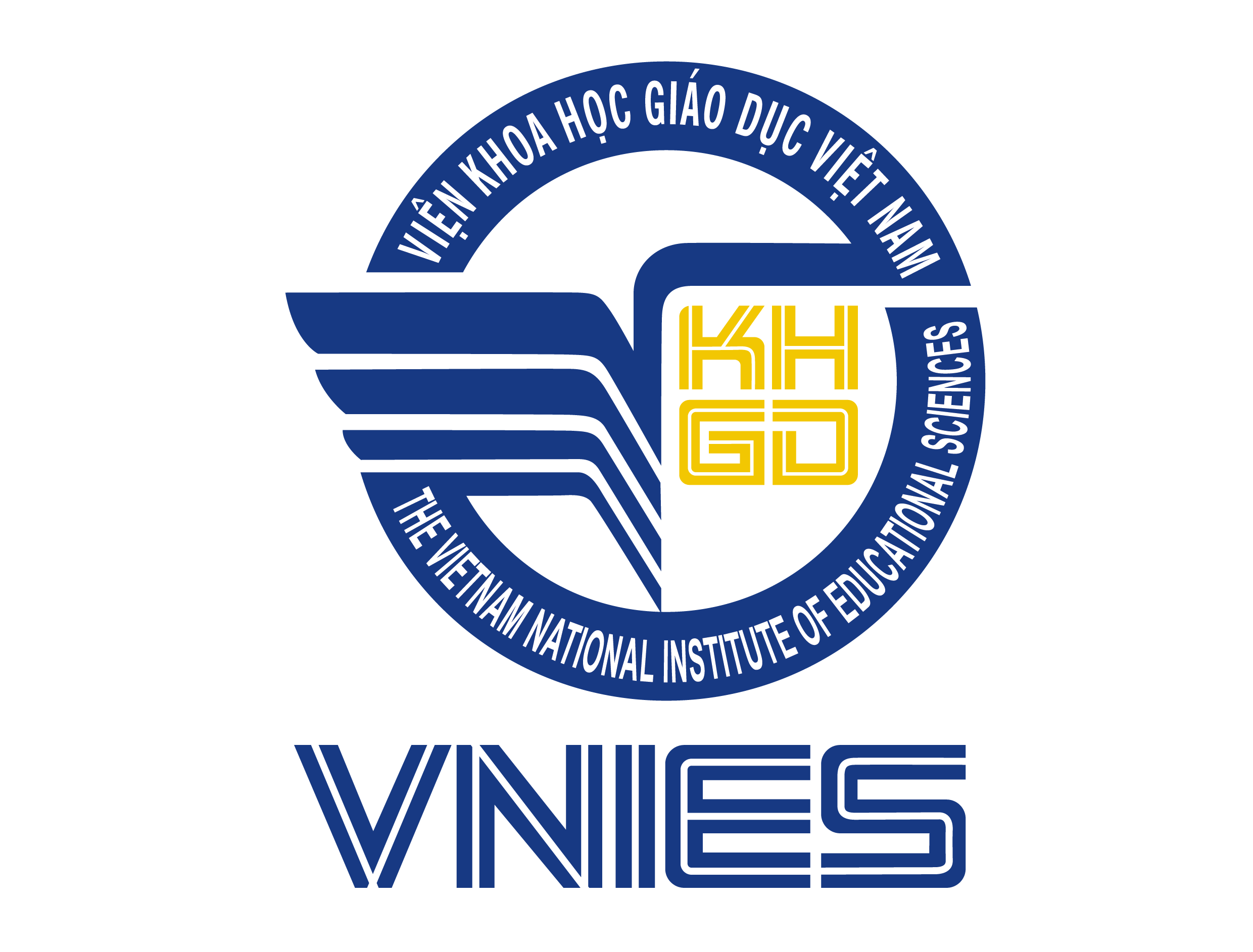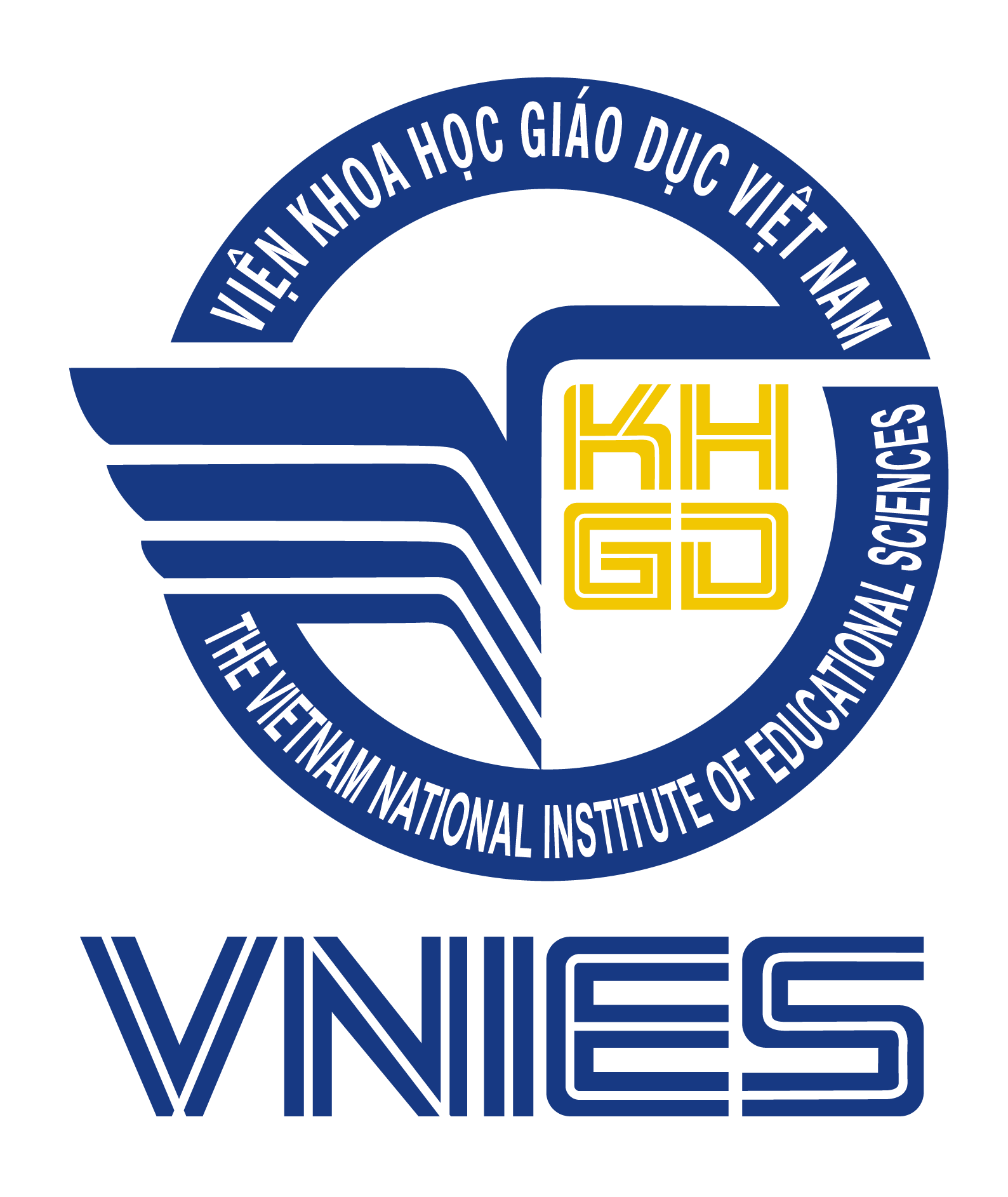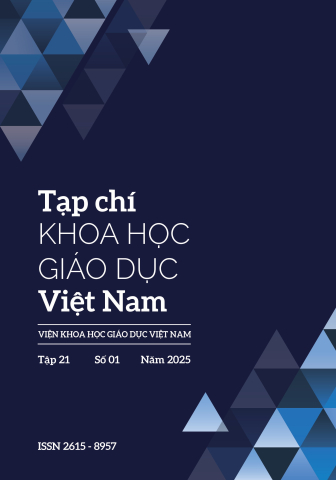[1] Bộ Giáo dục và Đào tạo. (2018a). Thông tư 32/2018/TTBGDĐT về việc Ban hành Chương trình Giáo dục phổ thông tổng thể.
[2] Bộ Giáo dục Đào tạo. (2018b). Chương trình Giáo dục phổ thông môn Toán 2018.
[3] Cai, J. (2000). Mathematical thinking involved in US and Chinese student solving of process open problems. Mathematical Thinking and Learning, 2(4), 309–341. https://doi.org/10.1207/ S15327833MTL0204_4.
[4] D. Klahr. (2000). Exploring science: The cognition and development of discovery processes. Cambridge MA: MIT Press.
[5] Đào Tam, Ngô Hồng Huấn. (2021). Chức năng môn Toán phổ thông trong dạy học tích hợp và dạy học toán theo định hướng giáo dục STEM. Tạp chí Giáo dục, số 514, tr.1-6.
[6] Đào Tam, Nguyễn Chiến Thắng, Ngô Hồng Huấn. (2022). Thiết kế tình huống dạy học Toán trong mô hình giáo dục STEM dựa trên phân tích hoạt động tư duy của học sinh. Tạp chí Giáo dục, tr.16- 22.
[7] Hà Huy Khoái (Tổng Chủ biên), Cung Thế Anh, Trần Văn Tấn, Đặng Hùng Thắng (đồng Chủ biên) và cộng sự. (2024). Toán 11 (Tập một). NXB Giáo dục Việt Nam, Hà Nội.
[8] Hà Huy Khoái (Tổng Chủ biên), Cung Thế Anh, Trần Văn Tấn, Đặng Hùng Thắng (đồng Chủ biên) và cộng sự. (2022). Toán 10 (Tập một). NXB Giáo dục Việt Nam, Hà Nội.
[9] Iu.M.Koliagin. (1980). Phương pháp dạy học Toán ở trường phổ thông. NXB Giáo dục (bản dịch), Hà Nội.
[10] Jodie Miller. (2019). STEM education in the primary years to support mathematical thinking: using coding to identify mathematical structures and patterns ZDM 51:915–927. https://doi.org/10.1007/s11858-019-0 1 096-y.
[11] Kuhn, D., & Pearsall, S. (2000). Developmental origins of scientific thinking. Journal of Cognition and Development, 1, p.113 – 129.
[12] Leone Burton, (1984). Mathematical Thinking: The Struggle for Meaning. Journal for Research in Mathematics Education, Jan., 1984, Vol. 15, No. 1 (Jan., 1984), pp. 35-49.
[13] Lê Thu Phương (2021), Đánh giá năng lực giải quyết vấn đề của học sinh tiểu học trong dạy học Toán, Luận án Tiến sĩ, Trường Đại học Sư phạm Hà Nội 2.
[14] M. Alecxeep, V. Onhisuc, M. Crugliac, V. Zabotin, X. Vecxcle (1976). Phát triển tư duy cho học sinh. NXB Giáo dục (Bản dịch).
[15] Ngô Hồng Huấn, Đào Tam. (2025). Khai thác chức năng môn Toán vào thiết kế hoạt động dạy học toán trong giáo dục STEM chương trình trung học phổ thông. Tạp chí Khoa học Giáo dục Việt Nam, số 21, tập 02.
[16] Nguyễn Bá Kim (2015). Phương pháp dạy học Toán. NXB Đại học Sư phạm, Hà Nội.
[17] Schielack, J., Chancellor, D. and Childs, K. (2000). Designing questions to encourage children’s mathematical thinking. Teaching Children Mathematics, 6(6), 398–402. https://doi.org/10.5951/ teacchilmath.18.1.0046
[18] Stacey, Kaye (2016). “What is mathematical thinking and why is it important”. Progress report of the APEC project: collaborative studies on innovations for teaching and learning mathematics in different cultures (II)-Lesson study focusing on mathematical thinking: 39-48.
[19] Tashtoush, M. A., Wardat, Y. and Elsayed, A. (2023). Mathematics distance learning and learning loss during COVID-19 pandemic: Teachers’ perspectives. Journal of Higher Education Theory and Practice, 23(5), 162–174. https://doi.org/10.33423/ jhetp.v23i5.5933.
[20] Trần Khánh Đức. (11/2021). Tư duy và phát triển tư duy kĩ thuật - công nghệ. Tạp chí Giáo dục, số 513, kì 1, tr 1-8.


